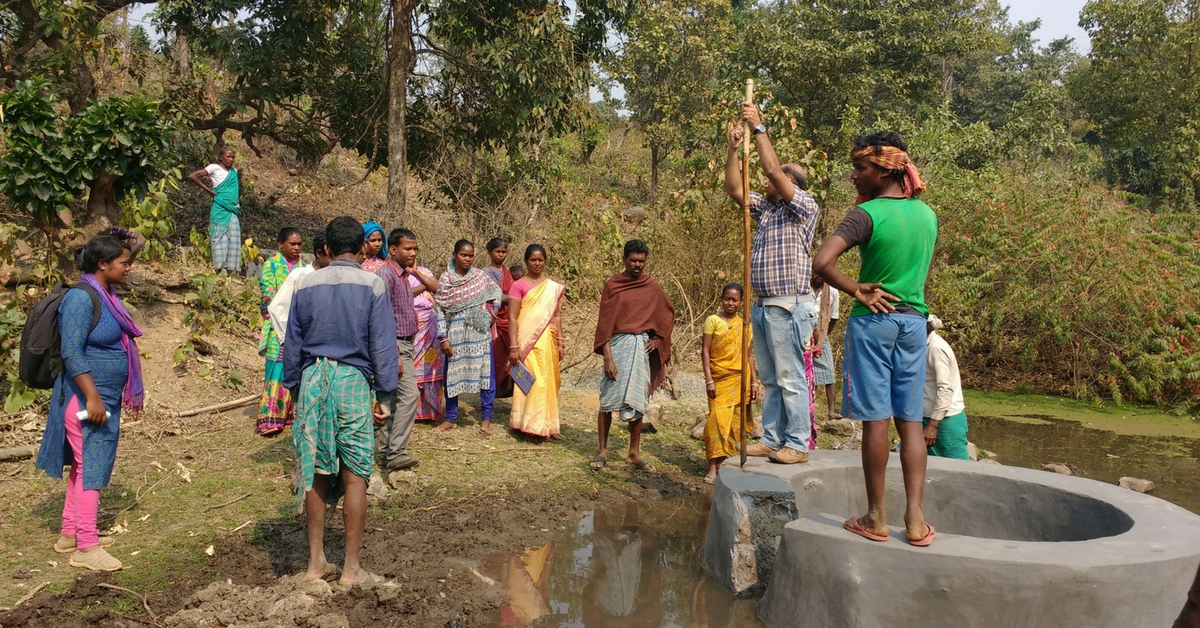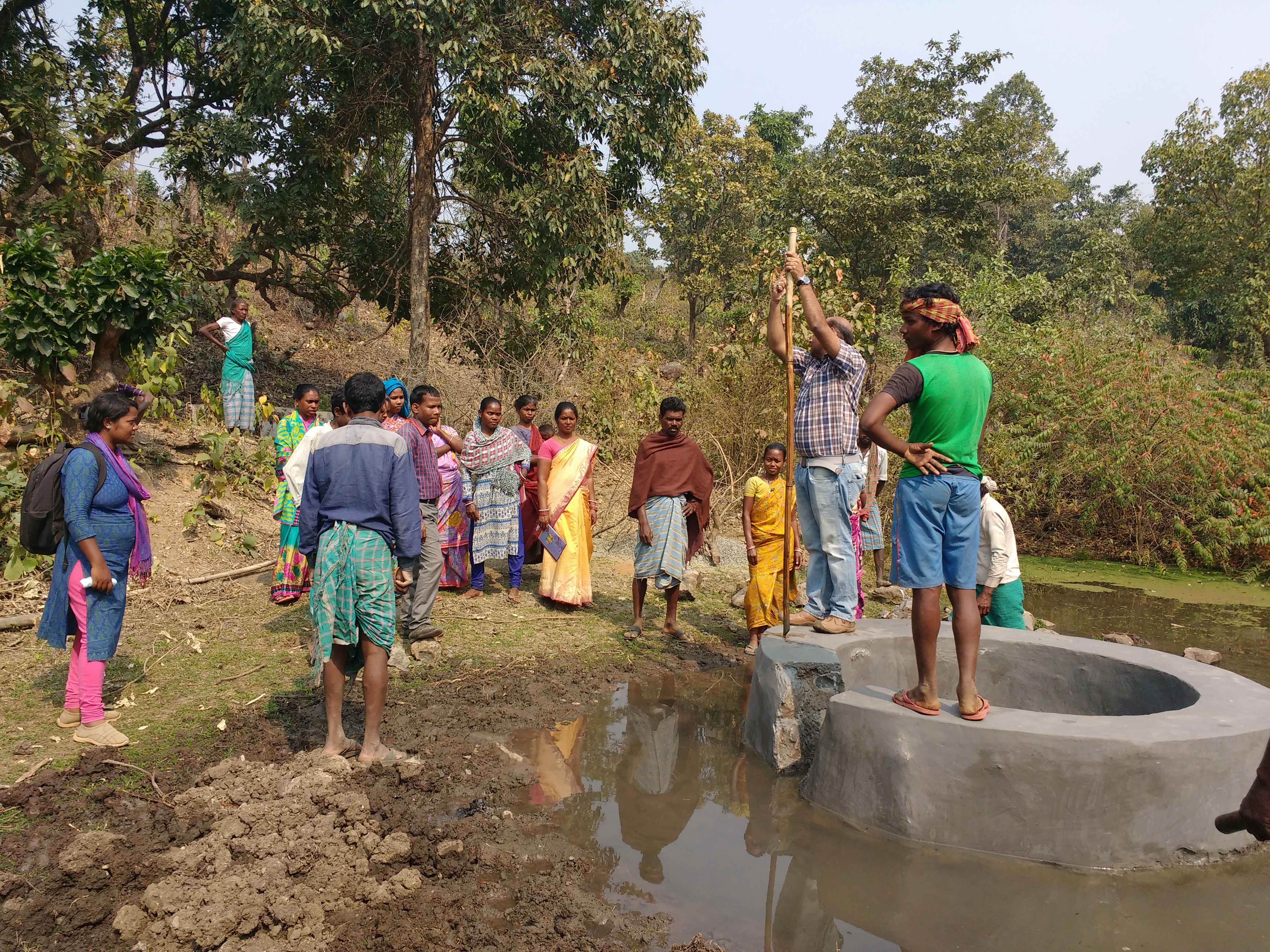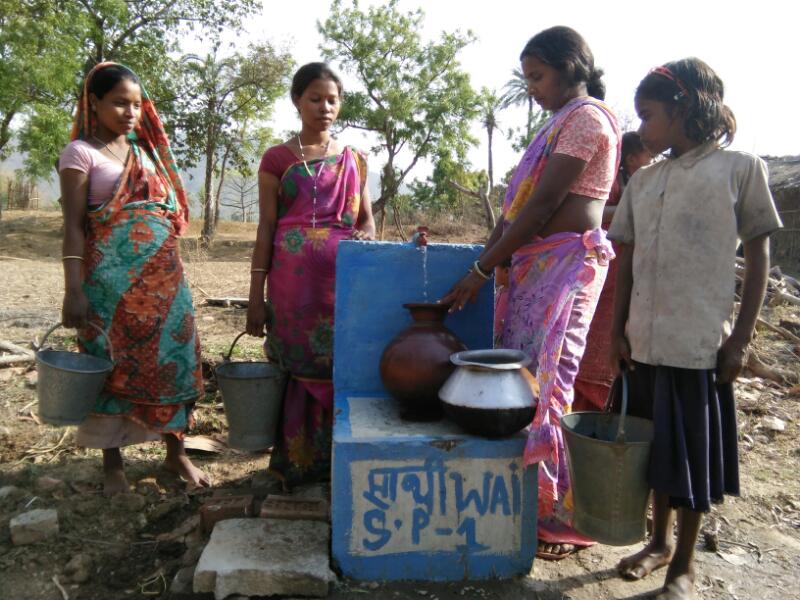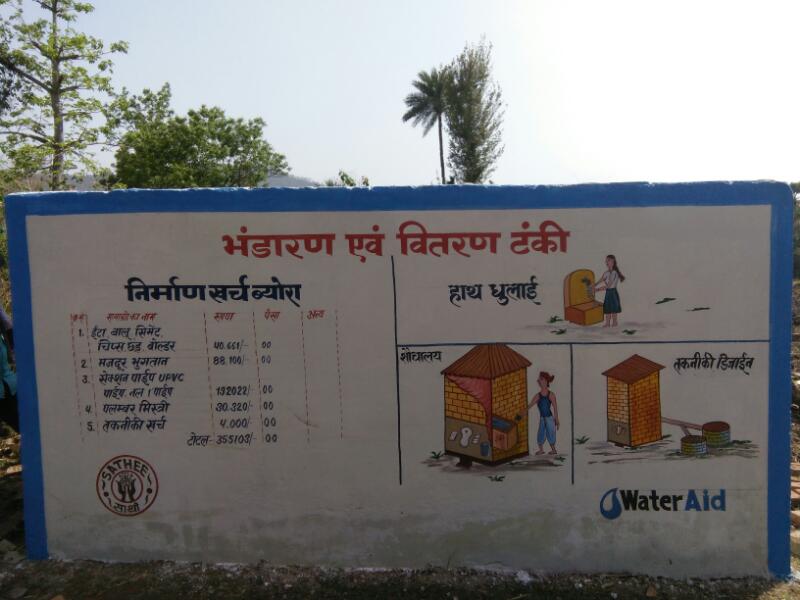TBI Blogs: From Scarcity to Security – How a Remote Jharkhand Community Solved Its Drinking Water Problems
Timely intervention and training have turned around the fortunes of a remote tribal community facing severe water problems in Jharkhand.

With around 80 households, Bador is a small village located in Godda district of Jharkhand. The population here consists of a primitive Paharia tribal community that is recognised as a Particularly Vulnerable Tribal Group (PVTG). Like any other PVTG, this Paharia community also led a life of hardship for several reasons, including drinking water scarcity.
The village had hand pumps and wells, but due to its location on a hill slope, the hand pumps would only provide water for three months and then go dry for the rest of the year. The wells were open, and due to their location on the slope, all the dirt rolled down from the hill and entered the well. The community was left with no choice but to consume dirty water from the well as there was no other drinking water source.
The population suffered from a range of health issues like jaundice and cholera. The village also suffered from high infant mortality rate.
A team from WaterAid India (WAI) and SATHEE first visited the community in 2014, and engaged the community people to understand their challenges related to access to clean water, safe sanitation, and hygiene.
The team organised a joint meeting involving the Panchayati Raj Institution members, the Jal Sahiya, and other mandated institutions to discuss the issue and find solutions to ensure safe drinking water to the community people.
The village has a small perennial stream, and the water flows through the village in a thin line. The community, along with the SATHEE team, decided to construct an intake well on the foothill of the stream and connect the well to a filtration pond so that people can access clean water. The team elevated the flow of water so that gravitational force can maintain flow from the stream to the filtration chamber.
As a result, the setup required no other form of energy to make this possible.

Since the major contamination in water was bacterial, it was ideal to filter the water through a bed of sand and charcoal to deal with both the contamination and the odour. The same gravitational force drove the filtered water into a large tank that has the capacity to accumulate 16,000 litres.

The community people contributed in the form of labour, and WaterAid India played its part by providing the right technology and resources for infrastructure construction.
The tank had taps for easy access. SATHEE executed the entire process in three months’ time.

The women of the community took up the biggest challenge – to ensure operations and maintenance to keep the system running. SATHEE then handed over the system to four groups comprising of around 40 empowered women who happily endorsed the responsibility of maintaining proper discipline for distribution of water within the community.

However, this is just the beginning. Bador people now need to learn operation and maintenance skills, and plan better use of wastewater.
The community’s enthusiasm to get access to safe drinking water has spread to nearby villages, and they are requesting SATHEE to provide technical support for similar interventions.
Lalji, Bador Village Water and Sanitation Committee President, says, “Now everyday people from other villages come here. They discuss how they can also tap the water stream to get access to safe drinking water. We are the pioneers.”
To support WaterAid India and contribute to its efforts, visit the website.
Like this story? Or have something to share? Write to us: [email protected], or connect with us on Facebook and Twitter.
NEW: Click here to get positive news on WhatsApp!
If you found our stories insightful, informative, or even just enjoyable, we invite you to consider making a voluntary payment to support the work we do at The Better India. Your contribution helps us continue producing quality content that educates, inspires, and drives positive change.
Choose one of the payment options below for your contribution-
By paying for the stories you value, you directly contribute to sustaining our efforts focused on making a difference in the world. Together, let’s ensure that impactful stories continue to be told and shared, enriching lives and communities alike.
Thank you for your support. Here are some frequently asked questions you might find helpful to know why you are contributing?


This story made me
-
97
-
121
-
89
-
167











